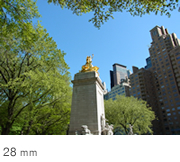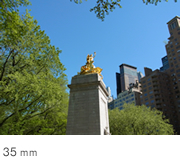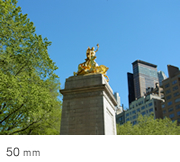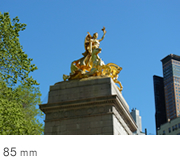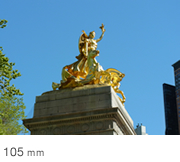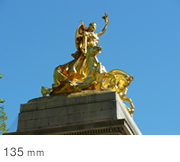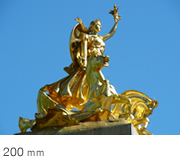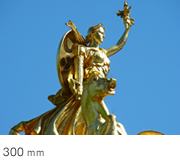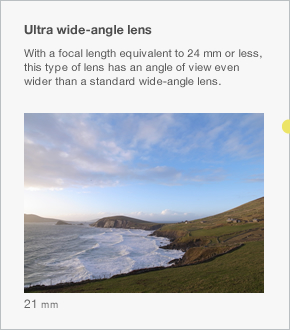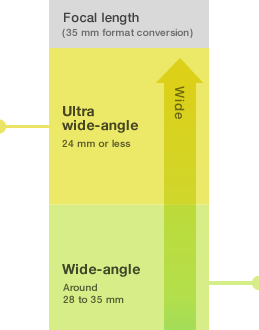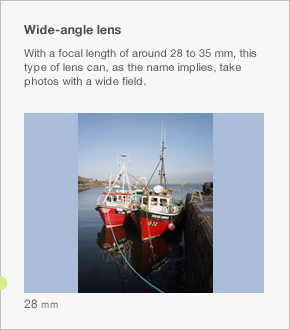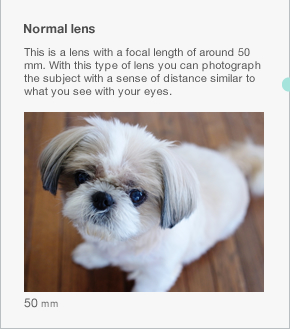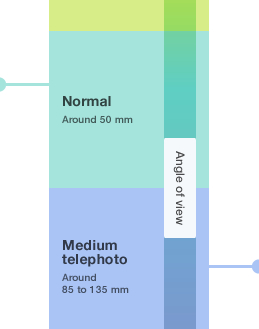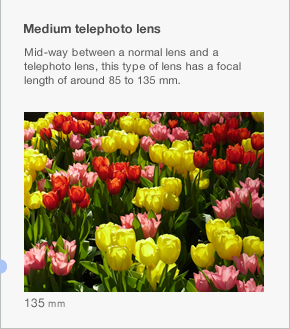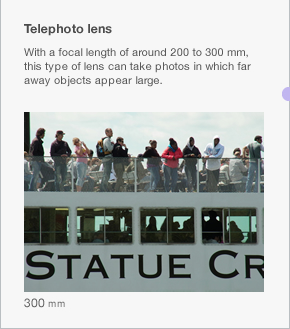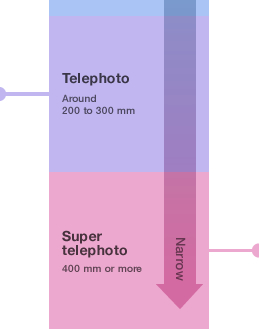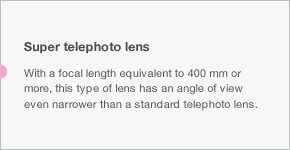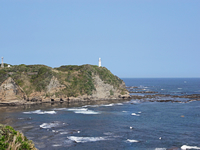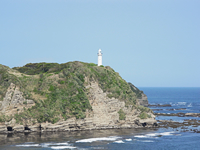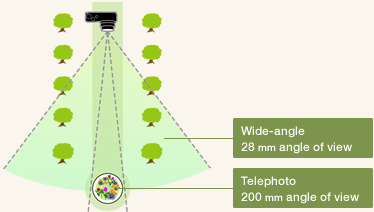
The distance from the center of the lens to the image focal point (=image sensor surface) is known as the focal length. It is expressed in millimeter (mm) units. A lens with a short focal length is a wide-angle lens and one with a long focal length is a telephoto lens.
The angle indicating the width of the field included in the photo is called the "angle of view." A wide-angle lens has a wide angle of view and a telephoto lens has a narrow angle of view.
Lenses are categorized based on their focal length.
What does does"35 mm format conversion" refer to?
Even if the focal lengths of the lenses of two digital cameras are the same, the angle of view can vary depending on the size of the image sensor used in each. To make it easier to understand angle of view, focal length is often expressed as "__ mm equivalent," which means it has been converted to the 35 mm film camera format that has been historically the most common. Here on this site also, we state focal lengths that are converted into 35 mm film camera format.
![]()
* The GXR interchangeable unit camera system has camera units with a fixed focal length lens and camera units with a zoom lens.
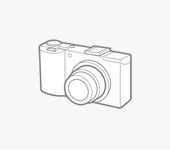

- This is a lens with a single fixed focal length. GR DIGITAL series cameras use a fixed focal length lens.


- A lens in which the focal length can be continuously varied is a zoom lens. CX series cameras use a zoom lens.
A conversion lens is attached to a lens to enable it to take photos with a wider angle or stronger telephoto magnification.
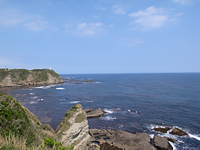
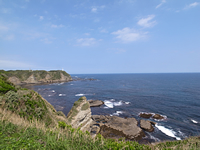

Attaching a 0.75x wide conversion lens to a 28 mm lens gives an angle of view equivalent to a 21 mm ultra wide-angle lens.
Link to more information on Ricoh conversion lens




With a zoom lens, when you turn on macro mode and move as close as possible while still keeping the subject in focus, the minimum distance to the subject and the size of the subject in the frame will differ depending on whether the lens is at a wide-angle or telephoto zoom position. With a wide-angle setting you may be too close and with a telephoto setting you may be too far away so adjust the focal length to find the one that makes it easiest to take the shots you want.


This is a lens used for close-up photography. A macro lens can shoot from a distance closer to the subject than a regular lens. The GXR interchangeable unit camera system has a camera unit with a 50 mm macro lens.
Link to more information on GXR camera unit

